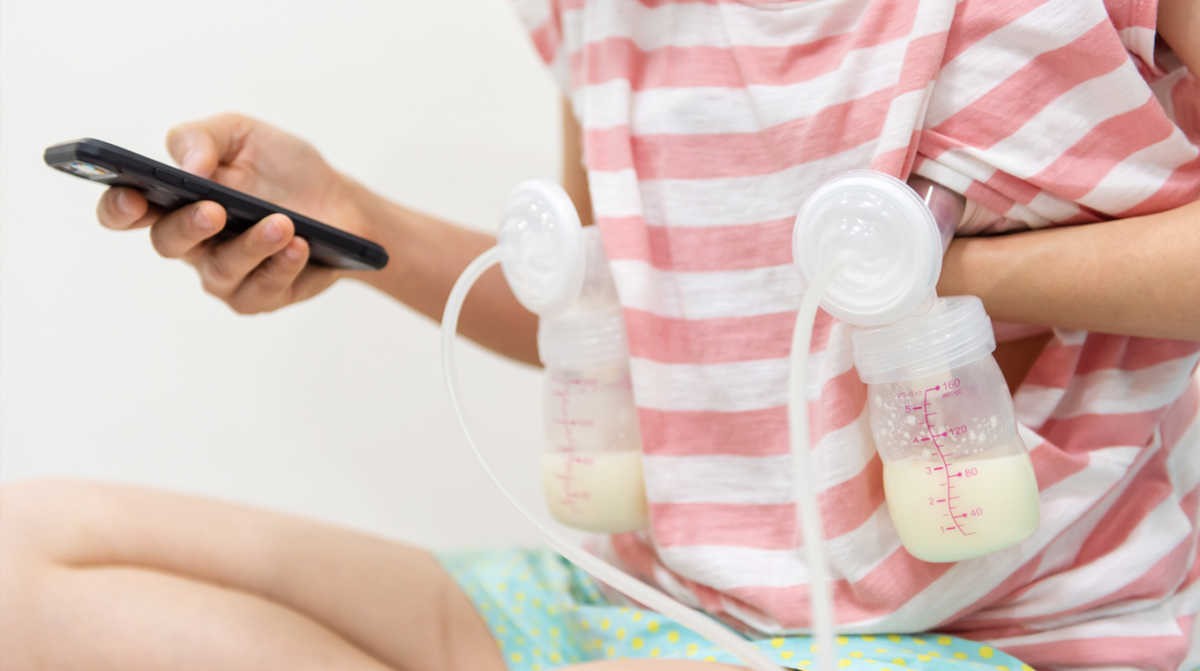
How To Use a Breast Pump
Use a breast pump if you want to give your baby the health benefits of breast milk but don’t have the time or ability to breastfeed regularly. How to use a breast pump will differ depending on the type of pump you are using but many of the principles are the same.
Types of breast pumps
There are six basic types of breast pumps to choose from. You may be fine with using one breast pump for all your pumping needs or alternate, depending on the situation. Pumps range from manual pumps to hospital-grade pumps.
Here are six types of breast pumps to consider:
- Manual breast pump: Held in place with one hand, while the other hand pumps. These are inexpensive and convenient to use when away from home but do require you to do all the work.
- Electric breast pump: Available as either single or double breast pumps. The unit plugs into an electrical outlet and helps express the milk. Prices range from $30 to several hundred dollars.
- Battery-operated breast pump: Great for pumping on the go without having to do all the work. Operates similarly to the electric pump but uses batteries instead of being plugged in.
- Wearable breast pump: A hands-free design that fits inside your bra to express milk while discretely while on the go. These pumps are more expensive, starting around $140.
- Double breast pump: A great option for quickly expressing milk from both breasts. This is a good option for moms who need to pump often and have a lot of milk production.
- Hospital-grade pump: Often rented through hospitals or medical suppliers for moms needing to pump full-time, especially if a baby is in the hospital for any reason. These are expensive pumps that express milk efficiently.
How to use a breast pump
As a general rule of thumb, moms produce the most milk between the hours of 1 AM and 5 AM. While you don’t need to pump during this time, you will increase your chances of producing adequate milk supplies by starting after your baby’s first morning feeding. Hand expressing milk can help properly stimulate the breast to make milk letdown easier. Since every pump is unique based on type and manufacturer, be sure to read the instructions.
Best practices for using any type of breast pump include:
- Make sure the pump and its components are clean.
- Wash your hands prior to pumping.
- Place your nipple in the center of the flanges.
- Lean forward slightly.
- Turn the pump on or start to manually pump.
- Pump for seven to eight minutes before taking a one-minute break to massage the breast.
- Pump for an additional seven to eight minutes.
- Store the milk.
- Clean the pump and its components.
Breast pumping tips
Lactation experts agree that while pumping is usually pretty simple to accomplish, there are some tips to help you be more comfortable and efficient with your milk productions. Remember that some moms simply produce more milk than others, and your breasts may not produce the same amount of milk at the same time of day. Consult a lactation specialist if you have breastfeeding difficulties or don’t seem to be producing enough milk.
Don’t set the vacuum on high if it hurts
Set the pump vacuum as high as you find comfortable. This will increase the speed of milk extraction and often stimulates more milk. However, if you are feeling discomfort or pain, increasing the vacuum setting will not necessarily increase milk production because your body may inhibit milk letdown.
Get a hands-free bra
The hands-free bra will help keep the breast shields in place while you pump so you can relax a bit more. According to Amanda at ExclusivePumping.com, “You get so much of your life back when you don’t have to hold your breast shields up while you pump.”
Use a pump to help establish milk supply
“In the early days, when milk supply is getting established, many people find that they need to use a multiuser/hospital grade pump,” according to Leigh Anne O’Connor, a private lactation consultant. She adds that families can build up a stash of milk by pumping for 15 minutes after the baby has nursed in the morning.
Donate extra milk
I had a hard time producing milk. If you have more milk than your baby needs, consider donating it to help another mama out.
“My supply was easily three times what my son needed, so I ended up buying a freezer that was solely breastmilk and would donate biweekly,” Sandee Lowe Booth told Mom.com. Your excess supply can help other babies get the positive health benefits of breast milk.

